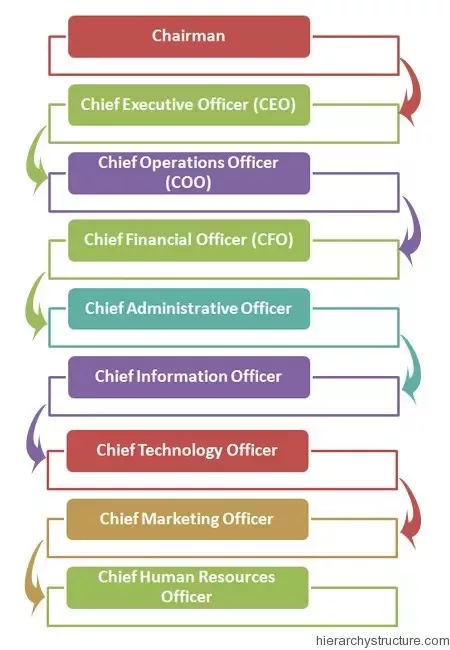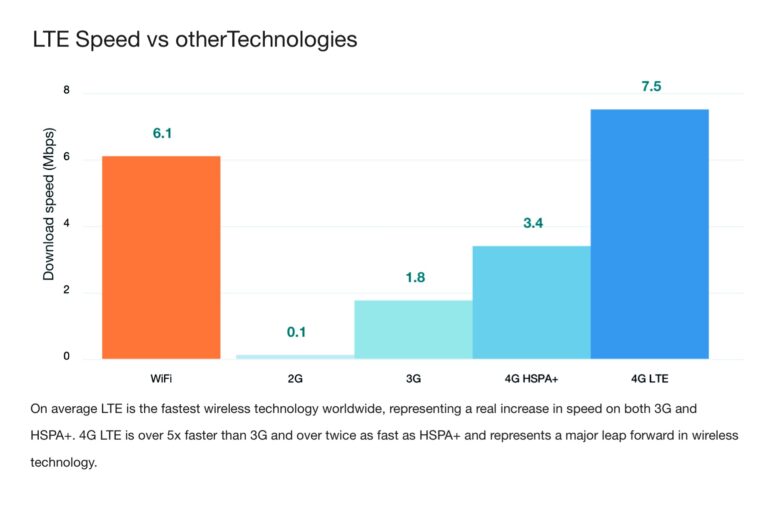How Can Software Architecture Influence The Success Or Failure Of A Solution?
Software architecture is the skeleton of a software solution, providing a well-organized framework for a successful development process. It is the blueprint of a software system, providing the structure and design for its components. The architecture of a software solution is critical to the success or failure of the solution, as it determines how easily and quickly the solution can be developed, deployed, and maintained. Poorly designed and implemented software architectures can lead to delays, cost overruns, and other problems. On the other hand, well-designed software architectures can result in faster development, fewer errors, and ultimately, a more successful solution. By taking the time to properly plan and design a software architecture, organizations can ensure that the solution meets their needs and can be implemented efficiently and effectively.
Definition of Software Architecture
Software architecture is the process of creating a framework that defines the structure, behavior, and interactions of a software system. It is the blueprint for how a software solution is developed and maintained over its lifecycle. This includes defining a set of rules and principles that dictate the design and development of the software. It is the foundation of the software development process, and as such, it has a powerful influence on the success or failure of a solution.
Software architecture is a complex process that involves many stakeholders. It requires collaboration between business owners, developers, designers, operations, and quality assurance professionals. It is essential to create a unified vision of the solution and reach consensus about how it should be developed and maintained. The resulting architecture must be well documented and clearly communicated to all stakeholders.
The success or failure of a software solution is heavily dependent on the architecture it is based on. The architecture must be able to accommodate changes in the environment, technology, and user needs. It must also take into account scalability, performance, security, usability, and maintainability. Poorly designed architectures can lead to delays, cost overruns, and other problems. Well-designed architectures, on the other hand, can help ensure a successful outcome.
In conclusion, software architecture is an essential component of the software development process. It has a powerful influence on the success or failure of a solution and must be carefully planned and executed. It requires collaboration between business owners, developers, designers, operations, and quality assurance professionals to ensure that the architecture meets the needs of the stakeholders. When done correctly, a well-designed software architecture can lead to a successful outcome.
Benefits and Challenges of Software Architecture
Software architecture is one of the most important elements of any software development project, and its impact on the success or failure of a solution should not be underestimated. Software architecture is the process of designing and developing the overall structure of any software system, and it can have a major influence on the overall success or failure of the solution. While there are many benefits to leveraging software architecture, there are also several challenges associated with it, and it is important to understand and address these challenges in order to realize the full potential of the software architecture.
One of the main benefits of software architecture is that it enables the creation of high-quality software solutions that are reliable, maintainable, and extendable. By taking into account all aspects of the software system, software architects can create solutions that are robust and highly scalable. Moreover, software architecture can also help to ensure that the solution meets the requirements of the stakeholders, and that the software is built in a way that is optimized for performance and security.
However, leveraging software architecture also comes with some challenges. One of the main challenges is that software architecture requires a high level of technical knowledge and expertise, and it can be difficult to find the right software architects for the job. Additionally, software architecture can require significant resources and time to implement, and the cost of developing a software architecture can be quite high. Finally, software architecture can also be difficult to maintain and update, and it requires ongoing effort to ensure that the architecture remains up to date.
By understanding the benefits and challenges associated with software architecture, organizations can make informed decisions about when and how to leverage software architecture in their projects. By investing in software architecture, organizations can create high-quality solutions that are optimized for performance and security, while also managing the associated costs and risks.
Factors that Contribute to Software Architecture Success
Software architecture is a critical factor in the success or failure of a software solution. Inadequate attention to software architecture can lead to increased development costs, buggy implementations, and an inability to take advantage of new technologies. However, when done right, software architecture can provide numerous benefits such as scalability, reusability, extensibility, and security. This article will explore how software architecture can be optimized to ensure the success of a software solution.
First, it is important to understand the different components of software architecture and how they work together. Software architecture involves the design, structure, and implementation of software components. It is the foundation upon which the system is built, so it is essential that the architecture is well-designed and secure. Furthermore, the architecture should be able to support changes and new features that may arise in the future.
Next, it is important to consider the user experience when designing software architecture. The user interface should be user-friendly, intuitive, and easy to navigate. Additionally, the architecture should be designed with performance and scalability in mind. For example, if the system is expected to handle large amounts of traffic, the architecture should be designed to handle this load.
Finally, it is important to consider the tools and technologies used in the software architecture. The right tools and technologies should be selected to ensure the system is secure, reliable, and performs as expected. Additionally, the tools and technologies should be updated to ensure the system is up-to-date with the latest technologies.
By considering the above factors, software architects can ensure the success of their software solution. Software architecture is the foundation of a successful system, so it is important to ensure the architecture is well-designed and optimized for the system’s purpose. Additionally, the user experience should be taken into consideration, and the right tools and technologies should be selected to ensure the system performs as expected.

Best Practices for Developing Software Architecture
Software architecture plays a critical role in the success or failure of any software solution. It is important to ensure that the architecture is designed and implemented properly to maximize the benefits of the solution. To ensure success, it is important to follow best practices when developing software architecture.
The first step is to understand the requirements and objectives of the software solution. Once understood, the architecture should be designed to meet those requirements and objectives. This includes understanding the various components of the system and how they interact with each other. The goal should be to create an architecture that is both efficient and effective.
The architecture should also be designed to accommodate future changes. This means taking into account potential changes that may occur in the future. This includes the ability to add new features, scale up or down, and adapt to different environments.
Finally, the architecture should be tested and validated to ensure it meets the desired requirements and objectives. This includes testing the architecture for performance, security, scalability, and other parameters. Once the architecture is tested and validated, it is important to monitor the hardware and software components to ensure they are functioning as expected.
By following these best practices, organizations can ensure that the software architecture is designed and implemented properly to maximize the benefits of the solution. This will help ensure the success of the solution and avoid costly mistakes.
User Experience Impact of Software Architecture
Software architecture is the fundamental structure of a software system, and its design can have a significant impact on user experience. Poorly designed software architecture can lead to a poor user experience, leading to user frustration, a lack of trust in the software, and ultimately, a failure of the solution. Conversely, a well-designed architecture can create a positive user experience, resulting in enhanced user satisfaction and improved overall success of a solution.
A number of factors contribute to the success or failure of a software architecture. These include scalability, performance, security, maintainability, and usability. Scalability is the ability of a software architecture to handle increased demand, while performance is the ability of a software architecture to perform tasks efficiently and quickly. Security is the ability of a software architecture to protect its data and resources from unauthorized access, while maintainability is the ability of a software architecture to support changes and updates over time. Usability is the ability of a software architecture to provide a pleasant user experience, allowing users to quickly and easily accomplish tasks.
The user experience of a software architecture is often determined by the way it is designed. Good software architecture should be designed to be intuitive, efficient, secure, and reliable. A well-designed architecture should also be responsive to user needs and easy to maintain. Poorly designed software architectures can lead to a poor user experience, resulting in user frustration, a lack of trust in the software, and ultimately, a failure of the solution.
In conclusion, software architecture can have a significant impact on the success or failure of a solution. A well-designed architecture can create a positive user experience, resulting in enhanced user satisfaction and improved overall success of a solution. Conversely, a poorly designed architecture can lead to a poor user experience, resulting in user frustration, a lack of trust in the software, and ultimately, a failure of the solution.
Conclusion
Software architecture has a direct impact on the success or failure of a solution. It is the core of the design and implementation of an application, and its design should be done with consideration for the context, goals, and constraints of the project. An effective software architecture can help to reduce development costs, improve quality, and increase the maintainability of the end product. It is important to consider all the factors that may influence the success or failure of a software solution before the design process begins. The right architecture can ensure that the product is successful and can help to make the solution easy to maintain and upgrade.
FAQs About the How Can Software Architecture Influence The Success Or Failure Of A Solution?
Q1. What is software architecture?
A1. Software architecture is the structural design of a software system. It is the high-level structure that outlines the overall structure, functionality, and behavior of the system. It is an important part of the software development process and can influence the success or failure of a solution.
Q2. What are the benefits of having a well-designed software architecture?
A2. Having a well-designed software architecture can help ensure that the system is reliable, secure, scalable, and maintainable. It also helps ensure that the system can easily adapt to changing requirements over time.
Q3. How can I ensure that my software architecture is effective?
A3. Ensure that the architecture is designed to be modular and flexible so that it can easily accommodate changes. Also, make sure that the architecture is well documented and that you follow best practices for software design. Finally, make sure to regularly review the architecture and make adjustments as needed.
Conclusion
Software architecture is an essential component of any software solution, and it can have a significant impact on the success or failure of a solution. A well-designed architecture can make the development easier, reduce the complexity of the system, and help the solution scale and remain maintainable. On the other hand, a poorly designed architecture can introduce complexity, increase the development time, and lead to a solution that is more difficult to maintain. Therefore, it is essential for developers to take the time to think through the software architecture before they begin development to ensure the success of the solution.




